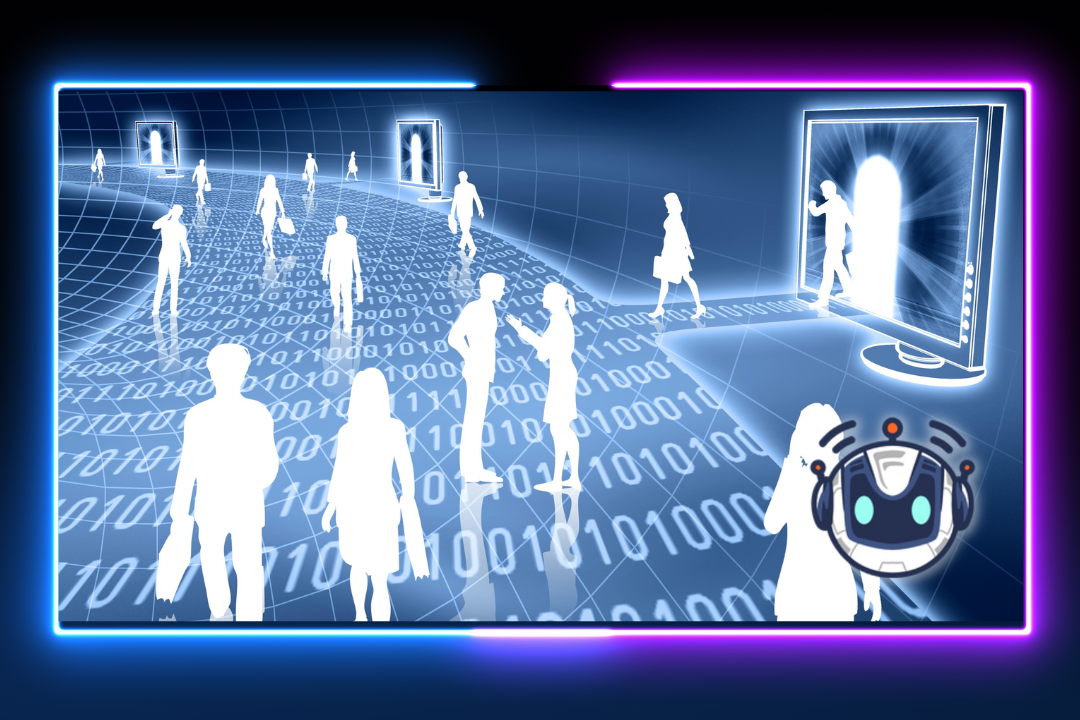Nvidia and the Future of the Internet
Nvidia has recently announced that it is working on the 3D future of the Internet. The company has been developing Avatars and other technologies to help artists create and share their creations with others. These technologies include AI, NeuralVDB, and tools that will let artists work in the metaverse.
AI
Nvidia is rethinking the future of content creation and design for virtual worlds. The company has launched a series of AI-powered solutions that will help teams design and operate virtual world simulations. They are also building an avatar cloud engine that will enable developers to build lifelike 3D humans.
These are all part of a larger initiative from Nvidia to develop an open source, scalable platform called the Universal Scene Description (USD). This will become the foundation of the 3D internet. The new technology will also speed up the next wave of artificial intelligence.
The company has been working on this for the past few years. They are now releasing the beta version of their latest product, the Omniverse. The new version features updated core technologies and more connections to popular tools.
The first step in creating the new 3D web is to think like an animator. In addition to enhancing objects and modifying materials, designers can change lighting effects. They can also replay different versions of the same scene.
NeuralVDB
Nvidia is working on changing the way the internet is used. The company recently released a series of technology innovations at SIGGRAPH 2022. They will help transform the way computer graphics power the metaverse. They also announced new tools and services for artists to work in the metaverse. The goal of the tools is to improve the efficiency of the 3D object creation process.
One of the technologies that Nvidia released at the conference was NeuralVDB. It is an artificial intelligence (AI) version of the OpenVDB library. This technology helps to optimize the performance of GPUs, which in turn allows users to efficiently handle large volumetric data. In addition to that, it can speed up training.
NeuralVDB uses machine learning to reduce the memory footprint of the data. This enables users to achieve temporal coherency. It also offers higher resolution than OpenVDB. The company says that it can reduce the memory footprint of a 3D model by up to 100 times. It can also compress the memory of a volume up to ten times.
Avatars
Nvidia has big dreams for the 3D future of the internet. They envision humans inhabiting virtual 3D worlds with lifelike avatars. They are building a suite of tools that will enable artists to create works in the metaverse.
Nvidia’s Omniverse is a platform that lets developers build realistic 3D avatars and immersive environments. The company released an open beta last December. Currently, the tool is used to create interactive characters that can be manipulated by other users. During GTC 2021, Nvidia will release a number of updates to the tool.
One of these updates is a new physics-based machine learning framework called Modulus. It allows Nvidia’s AI-based computer vision tools to refine the output of an avatar into an actual 3D model.
This AI tool, Audio2Face, generates realistic facial animation based on the sound of voice input. The facial expression of an avatar changes according to feelings reflected in the words.
Nvidia is also developing the Avatar Cloud Engine, which will allow users to create and interact with lifelike avatars. The engine will allow for complex facial animations and body movements. It will run on all major cloud services.
Tools to enable artists to work in the metaverse
Nvidia has launched a series of tools for artists to use in the metaverse. The company says that the platform will give artists the tools they need to create virtual avatars. It will also enable creators to sell their work to content libraries.
The company plans to distribute free versions of the software to artists. They will be able to create avatars that can move like humans, and can speak any language. This is important because the technology will allow creators to build more interactive content.
The software stack will be preloaded with graphic and AI tools. They will also have access to design and library environments. The goal is to create an environment where creators can design freely.
Nvidia’s Omniverse platform will allow developers to build 3D worlds that can be shared with others. It will also enable designers and engineers to collaborate in real time.
Nvidia plans to provide a free version of the software to artists. The company hopes that the new technology will make creating in the metaverse more collaborative.


